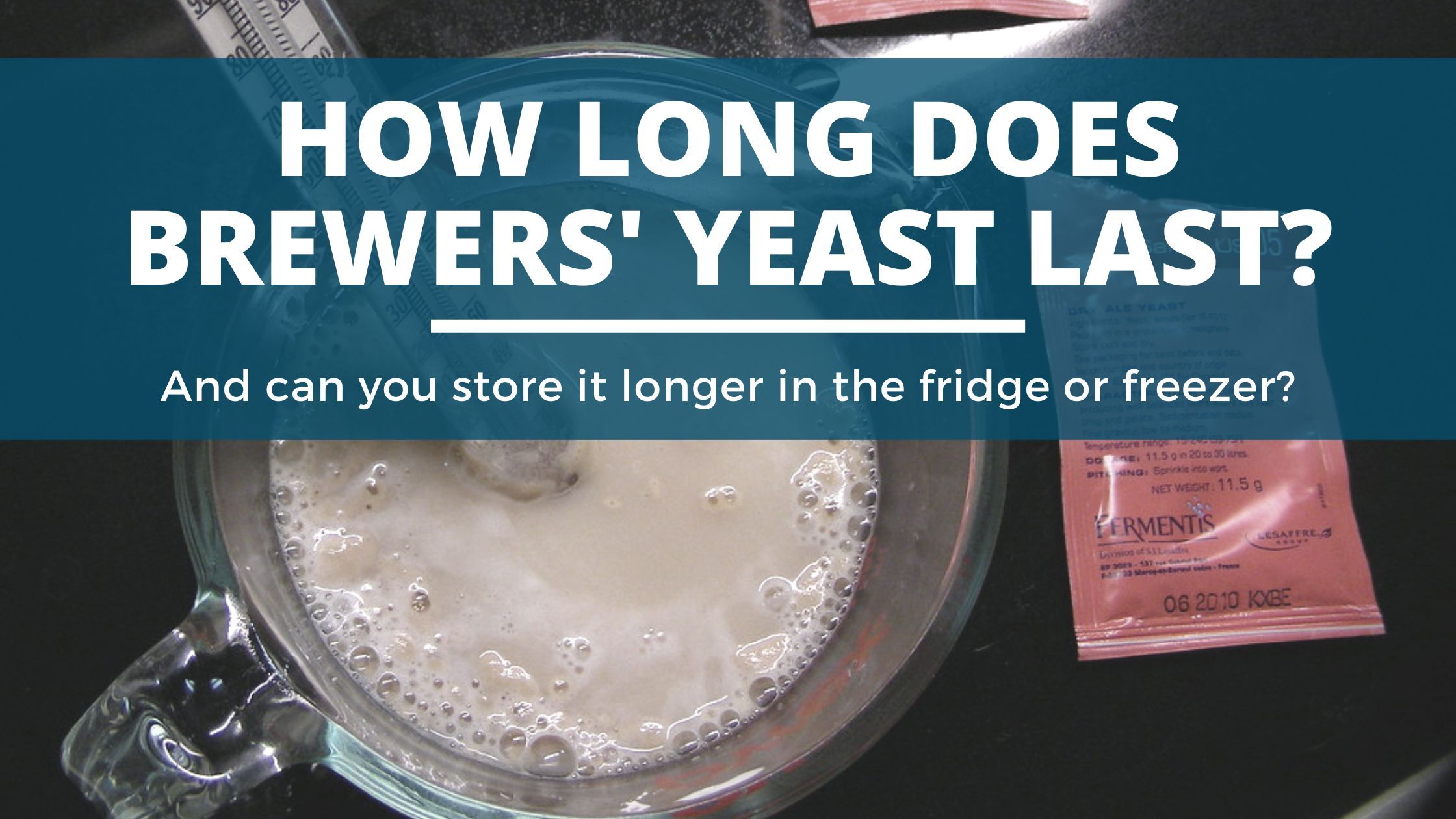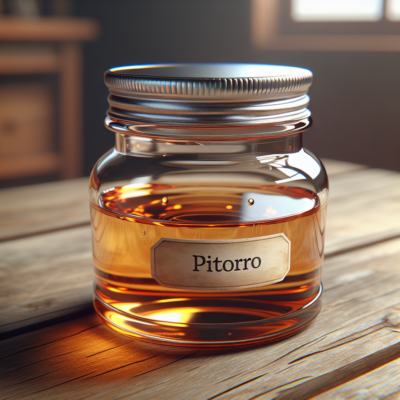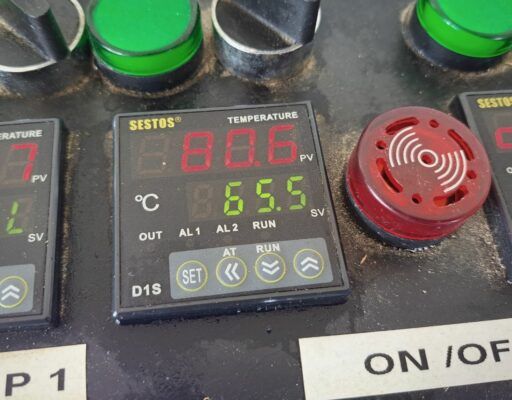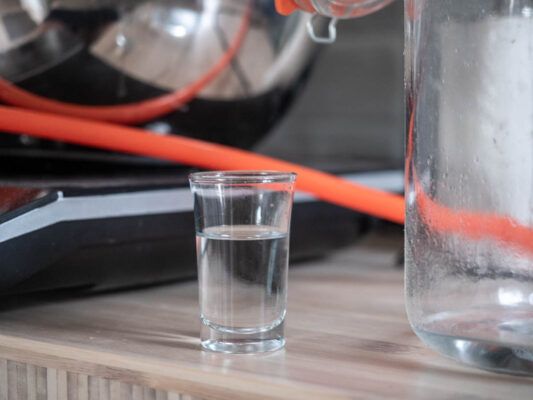Yeast
How Long Does Brewers Yeast Last? (Throw It Out!)
Brewers’ and distillers’ yeast play a key role in turning the sugars found in fruit, vegetables, and grain into alcohol. But, like everything in science (and nature), it has an expiration date. So, if you want to know how long brewers’ yeast lasts, carry on reading to find out!
Here is a rough guide to shelf life for both dry and liquid yeast.
In general, dried yeast will last the longest and ideally should be stored as cold as possible. Liquid yeast should be used as soon as possible. There is no real difference in shelf life between brewers’ and distillers’ and winemakers’ yeast.
| Type | Unrefrigerated | Refrigerated | Frozen |
|---|---|---|---|
| Dry | 12 months | 24 months | 2 years+ |
| Liquid | Use Immediately | 6 months | Not Possible |
Table of Contents
How Can Brewers Yeast Go Bad?
Yeast goes bad when it’s exposed to air, moisture, and heat. When storing yeast, make sure it’s in a dry, cool place. And once open, store it in the refrigerator to keep it fresh. You’ll know yeast has gone bad when its color changes from light to dark brown, and the yeast particles start sticking together and forming lumps.
Test It To Be Sure:
You can even do a yeast fermentation test by mixing a ¼ cup of warm water with 1 tsp of sugar and the said yeast. Let the mixture rest at room temperature for 10 minutes. If the yeast rises, then it’s still good to use. If not, best to discard it.
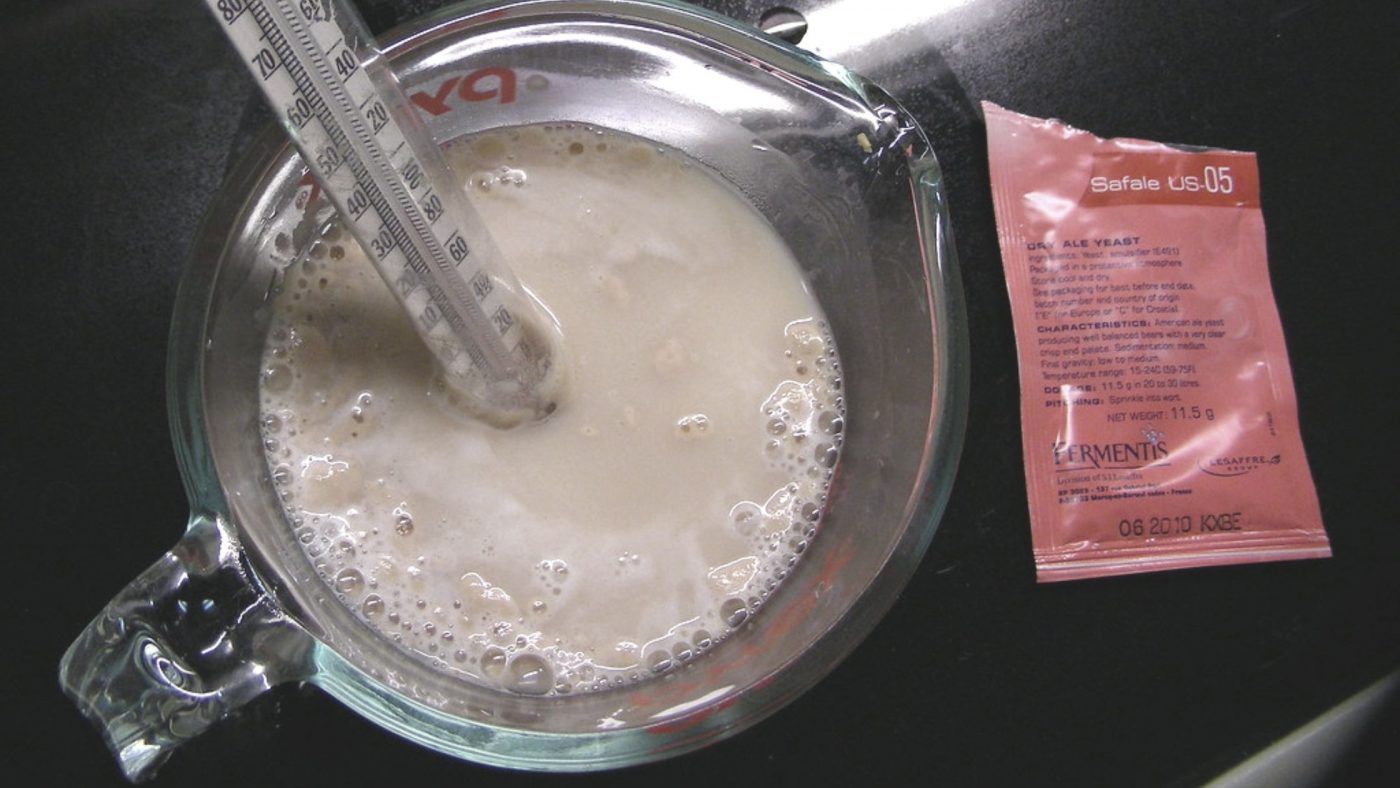
Longevity of Liquid Yeast vs. Dried Yeast
Just as there are different strains of yeast for various spirits, so too does yeast come in various forms; liquid and dry yeast. Here’s a detailed explanation of the differences between the yeasts.
Liquid yeast:
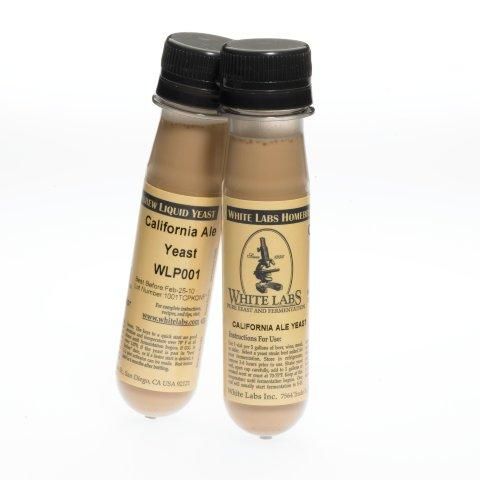
Liquid yeast, as the name suggests, comes in liquid form. It has a pulp-like texture and it’s most preferred for commercial distilling. The best thing about this yeast is that there are a lot of strains available on the market, which adds an element of fun to the hobby for many homebrewers. Liquid yeast has live cultures, which means it’s very perishable. This makes it harder to store and is, therefore, more costly.
How long does liquid yeast last?
Liquid yeast has a relatively short shelf life, and it lasts up to three months. Once opened, it can last up to six months in the refrigerator.
How to best store liquid yeast?
Liquid yeast is best stored in the refrigerator. Once opened, you should keep it in an airtight container where it can last for up to six months.
Can you use expired liquid yeast?
You can use yeast past its expiration date. In fact, in an experiment conducted by Fifth Season Gardening, it was found that yeast still had active cells and could still be used to ferment approximately 2 years past its expiration date.
Dry yeast:
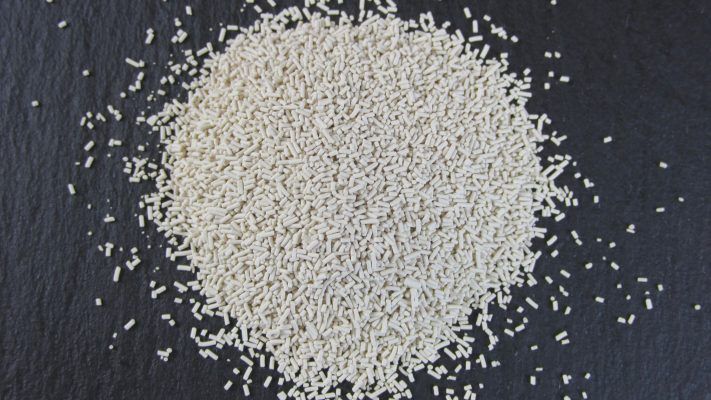
Dry yeast is yeast made from dehydrated yeast cells. The cells lie dormant, which is why water is often added to activate them. Due to its dry nature, it lasts much longer than liquid yeast. It also tolerates warmer temperatures and doesn’t contain live cultures, making it a cheaper alternative.
How long does dry yeast last?
Dry yeast, compared to liquid yeast, has a long shelf life. It can last up to 3 years unopened. Once opened, storing it in the refrigerator can extend its shelf life by up to 6 months.
How to best store dry yeast?
Unopened dry yeast should be stored in a cool, dry place. Once opened, you should place it in an airtight container and refrigerate it for up to 6 months (sometimes even longer). When you’re ready to use the yeast, take it out from the refrigerator and place it on a countertop at room temperature for 30 minutes to an hour. This helps liven up the yeast from its dormant stage.
Can you use expired dry yeast?
You can use expired dry yeast, but first, do a yeast fermentation test (as mentioned earlier in the post), to see if it will rise.
Frequently Asked Questions
Q. What happens if you use expired yeast?
Expired yeast will (often) take a long time to ferment the product you’re using it for. This is because most of the active cells have lost their potency.
Q. Does brewers’ yeast need to be refrigerated?
It depends on the type of yeast you’re using. Liquid yeast needs to be stored in a very cool place. So it’s best to store it in a refrigerator. Unopened dry yeast can withstand warmer temperatures, so it doesn’t need to be refrigerated. Refrigerating allows the active cells to go dormant when the yeast is not in use. You can simply reactivate the yeast by warming it up at room temperature.
Q. Does yeast expire in the fridge?
Yeast does not expire in the fridge because most of its active ingredients remain dormant. If you suspect that your yeast has expired, you can do a yeast fermentation test. Make sure you let the yeast warm up a bit outside the fridge for about 30 minutes, then you can do the test.
Q. Can you store brewer’s yeast in the freezer?
You can store brewer’s yeast in the freezer. This method of storing yeast increases its shelf life by up to 6 months (sometimes even more). When freezing the yeast, make sure you release all the air in the packet, wrap it tightly with cling wrap plastic, and then store it.
Conclusion
When stored properly, brewers yeast can last for a good 6 months, or if you want to maximize its potency, you can store it in the fridge and use it past its due date. Bear in mind though, dry yeast stores better than liquid yeast.
With so many yeasts to choose from, you’re definitely spoilt for choice. Now that you know how to effectively store your yeast, there’s nothing stopping you from buying a pack or two (or three), and brewing on!
Sources

